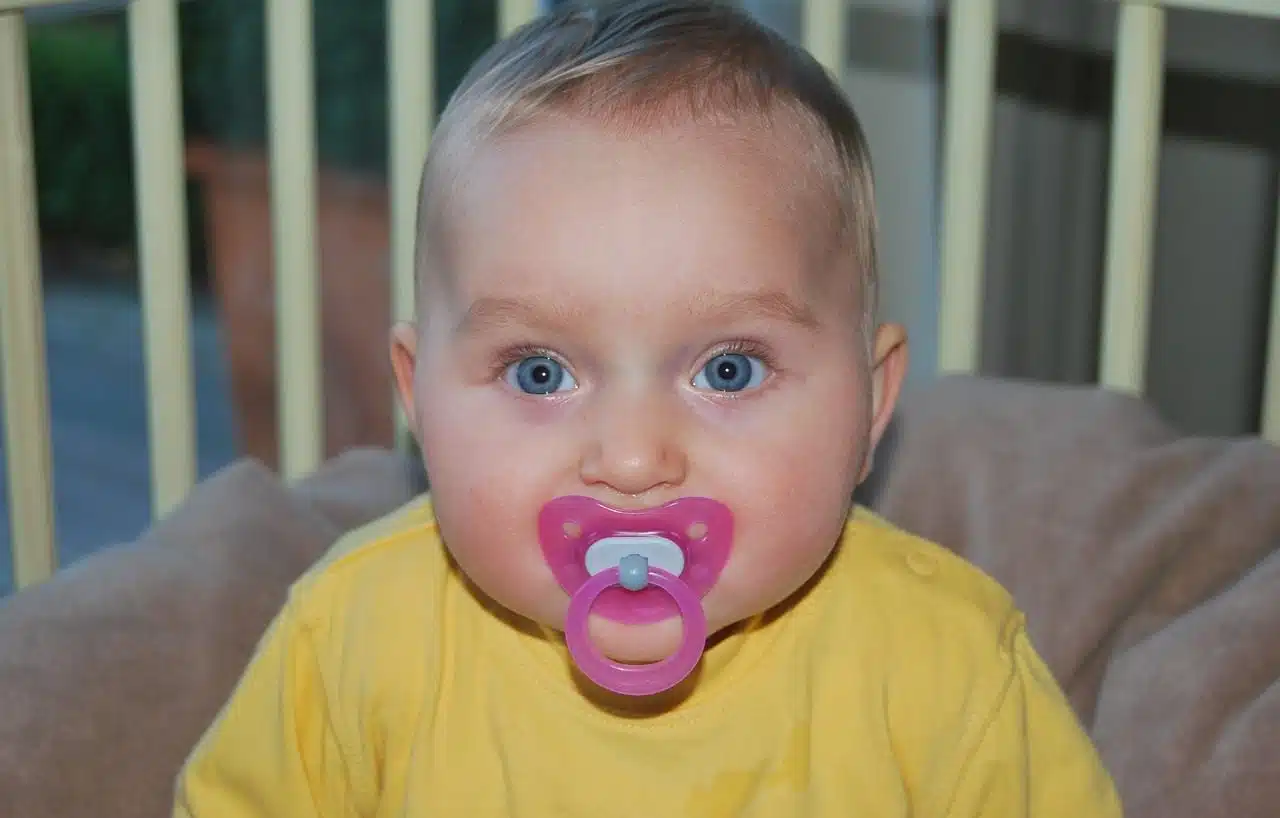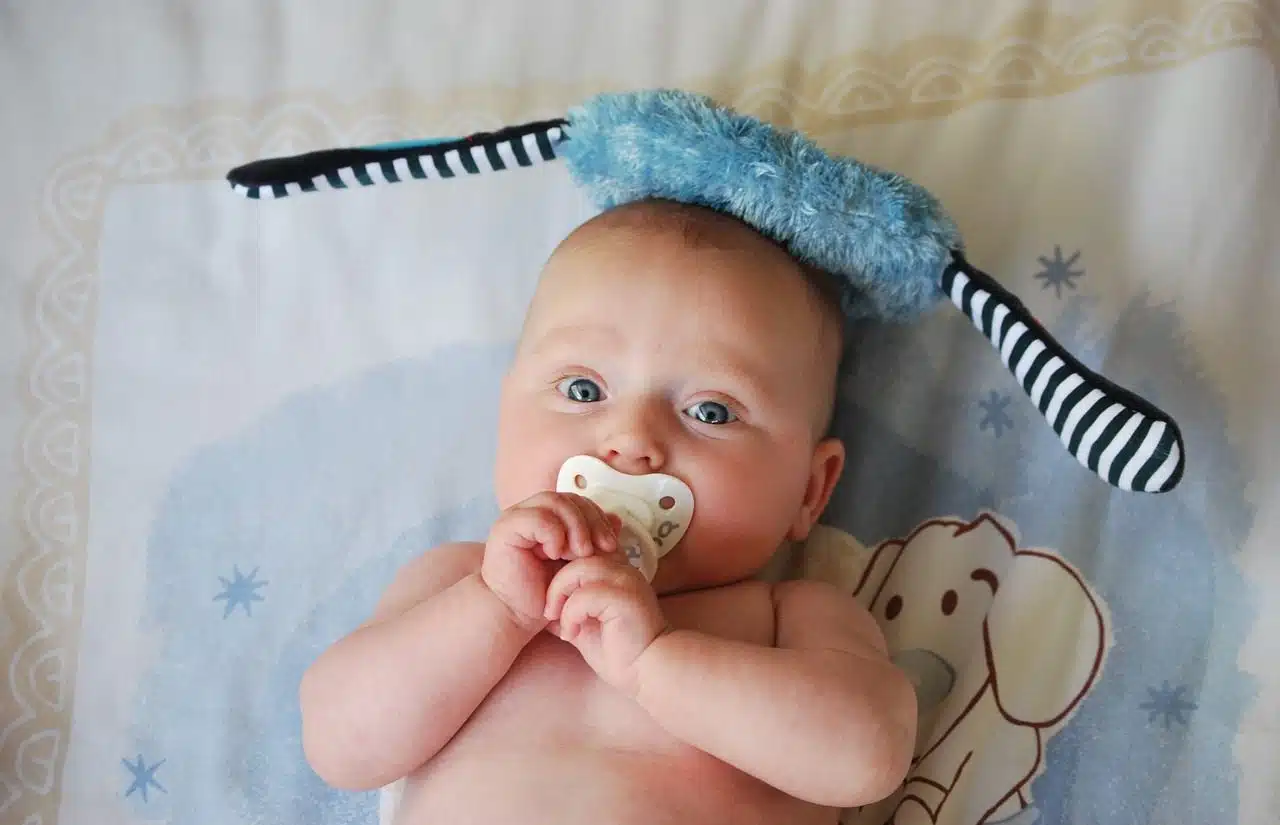
The pacifier is used to calm the baby.
A pacifier is an item that has a nipple-shaped piece of plastic or rubber for babies to suck on. In fact, the term pacifier comes from sucking : to moisten something or extract its juice with the tongue and mouth .
Function
The purpose of the pacifier is to calm the baby and make him feel safer and calmer. Another important aspect is its influence on emotional development. It has been shown that its use can have a calming and comforting effect on the child, which contributes to their well-being. However, it is important to remember that it should not be used as a substitute for parental affection and attention.
Regarding the recommended age to stop using the pacifier, experts agree that the ideal is to do so before the age of two. From this age, its prolonged use can have negative effects on the child's teeth and teeth .
Description
Most pacifiers have a rigid part in addition to the plastic or rubber nipple. The usual thing is that the area that the child sucks has a small hole for air to pass through in case it eventually breaks away from the support and is swallowed. There are pacifiers, however, that are made in a single piece.
The shape of the pacifier is very important, as it must be suitable for the baby 's mouth. Pacifiers typically have a round or anatomical shape . Round pacifiers are more suitable for newborns, while anatomical ones are recommended for later years. The latter replicate the shape of the mother's nipple, which makes the baby feel more comfortable and secure.
Pacifiers can be made of different materials, such as latex or silicone . Latex is a soft, flexible material that fits well in the mouth. However, some babies may be allergic to it, so it is important to take this into account when choosing a pacifier. Silicone is stronger and does not contain harmful chemicals. In addition, it is easy to clean and does not absorb odors or flavors.
It is important to note that pacifiers should be safe and made from high-quality materials . When purchasing one, we must make sure that it meets the standards established by the corresponding organizations. Both the shape and the materials are essential to guarantee comfort and safety; That is why it is important to take into account the age of the baby and its individual needs.
Origin
The origin of the pacifier dates back to ancient Greece, where small pieces of bread with honey were used to calm children. Another way I had this item throughout history was a small cloth bag filled with sugar or honey that was secured with a ribbon around the baby's neck. Over time, these bags evolved into the pacifiers we know today.
Controversy
The use of a pacifier is often a source of debate. There are those who point out different benefits that this product offers, while other people warn about its risks and negative effects.
At a general level, it is understood that the pacifier contributes to reducing the anguish and anxiety of babies . This is because children "replace" the mother's breast with the pacifier, sucking on the rubber nipple.

Many specialists say that the pacifier negatively affects the baby's oral development.
However, there are doctors who maintain that excessive use of a pacifier can cause sores in the mouth and affect the proper development of teeth . Additionally, if the pacifier is not cleaned and sterilized properly, it can harbor bacteria that can cause various diseases .
Beyond the different positions, there is consensus about the inconvenience of giving babies a pacifier in their first days of life. It is advisable to wait until breastfeeding is established correctly , which usually occurs around the first month, although it is always advisable to talk to the pediatrician before making a decision.
